7th edition of India-France Joint Military Exercise SHAKTI commenced on 13th May, at Umroi in Meghalaya.
 Multi-Domain Operations: The exercise aims to enhance the joint military capabilities of India and France to conduct multi-domain operations in a sub-conventional scenario, adhering to Chapter VII of the UN Mandate.
Multi-Domain Operations: The exercise aims to enhance the joint military capabilities of India and France to conduct multi-domain operations in a sub-conventional scenario, adhering to Chapter VII of the UN Mandate.
| Must Read | |
| NCERT Notes For UPSC | UPSC Daily Current Affairs |
| UPSC Blogs | UPSC Daily Editorials |
| Daily Current Affairs Quiz | Daily Main Answer Writing |
| UPSC Mains Previous Year Papers | UPSC Test Series 2024 |
OpenAI recently introduced its latest large language model (LLM) called ChatGPT-4-O , claiming it as their fastest and most powerful AI model so far.
Multimodal AI Model
Application Areas:
Large Language Models:
|
|---|
| Must Read | |
| NCERT Notes For UPSC | UPSC Daily Current Affairs |
| UPSC Blogs | UPSC Daily Editorials |
| Daily Current Affairs Quiz | Daily Main Answer Writing |
| UPSC Mains Previous Year Papers | UPSC Test Series 2024 |
The Supreme Court recently ruled that advocates cannot be held liable for deficiency of service under the Consumer Protection Act (CPA), 1986.
Since there was no one to appear for the respondents, court appointed an amicus curiae (friend of the court) to assist the bench from a neutral standpoint.
Duties and Responsibilities of an Advocate:
Limitations of Advocates:
|
|---|
| Must Read | |
| NCERT Notes For UPSC | UPSC Daily Current Affairs |
| UPSC Blogs | UPSC Daily Editorials |
| Daily Current Affairs Quiz | Daily Main Answer Writing |
| UPSC Mains Previous Year Papers | UPSC Test Series 2024 |
India VIX, which is an indicator of the market’s expectation of volatility over the near term surged dramatically over the past 15 days.
India VIX is a measure of the market’s expectation of volatility. It typically rises ahead of events like the Lok Sabha elections, which could have a major impact on the market trajectory.
| Must Read | |
| NCERT Notes For UPSC | UPSC Daily Current Affairs |
| UPSC Blogs | UPSC Daily Editorials |
| Daily Current Affairs Quiz | Daily Main Answer Writing |
| UPSC Mains Previous Year Papers | UPSC Test Series 2024 |
The State Bank of India (SBI) has declared its status as the first bank to achieve the designation of a trading-cum-clearing (TCM) Member of the India International Bullion Exchange located at the GIFT City in Gujarat.
About BullionBullion denotes highly pure physical gold and silver, typically stored as bars, ingots, or coins. It may occasionally be recognized as legal tender and is frequently maintained as reserves by central banks or institutional investors. |
|---|
| Professional Clearing Member (PCM) | A member only clears and settles trades of trading members of the Exchange who choose to clear and settle their trades through the Member. |
| Trading Cum Clearing Member (TCM) | This category of membership entitles a member to execute trades on his own account as well as on account of his clients and to clear and settle trades executed by themselves as well as by other trading members who choose to use clearing services of the member. |
| Trading Cum Self Clearing Member (TSM) | This category of membership entitles a member to execute trades and to clear and settle the trades executed on his own account as well as on account of his clients. |
| Trading Member (TM) | This category of membership entitles a member to execute trades on his own account as well as on account of his clients but, clearing and settlement of trades executed through the Trading Member would have to be done through a Clearing Member. |
International Financial Services Centers Authority (IFSCA):
|
|---|
| Must Read | |
| NCERT Notes For UPSC | UPSC Daily Current Affairs |
| UPSC Blogs | UPSC Daily Editorials |
| Daily Current Affairs Quiz | Daily Main Answer Writing |
| UPSC Mains Previous Year Papers | UPSC Test Series 2024 |
Recently, ISRO has confirmed that the NISAR Satellite will possess the capability to monitor Earth’s tectonic movements with exceptional precision, achieving accuracy down to the centimeter.
| Must Read | |
| NCERT Notes For UPSC | UPSC Daily Current Affairs |
| UPSC Blogs | UPSC Daily Editorials |
| Daily Current Affairs Quiz | Daily Main Answer Writing |
| UPSC Mains Previous Year Papers | UPSC Test Series 2024 |
The State highways department of Tamil Nadu is undertaking a project, known as the ‘Slope Stabilization using Soil Nailing and Hydroseeding method’ around the Nilgiris’ major roads.
The project is being undertaken around the Nilgiris major roads at five locations in Ketti, Kattabettu, Perar, Kudah and Udhagamandalam by growing grasses to prevent soil erosion.
HydroseedingIt is a seeding technique whereby a mixture of seeds, fertilizer, organic materials and water is applied onto the soil to facilitate the growth of grass and plant-life, and help hold the top soil together and prevent erosion.
|
Soil nailing is a geotechnical engineering slope reinforcement construction method, utilizing in-situ soil reinforcement to enhance stability.
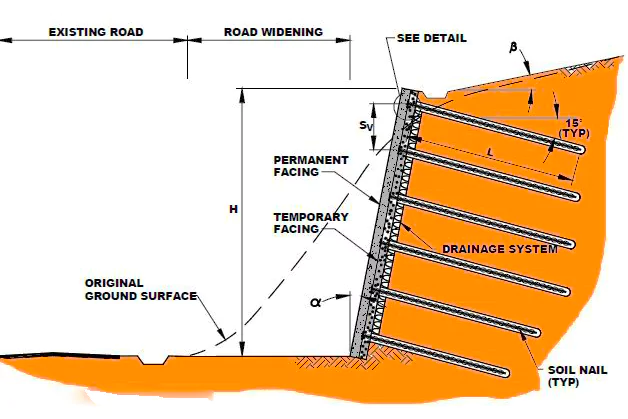
| Must Read | |
| NCERT Notes For UPSC | UPSC Daily Current Affairs |
| UPSC Blogs | UPSC Daily Editorials |
| Daily Current Affairs Quiz | Daily Main Answer Writing |
| UPSC Mains Previous Year Papers | UPSC Test Series 2024 |
Recently, the Supreme Court rejected a prayer to allow abortion of a 27-week pregnancy while observing that the fetus too has a right to live.
About the Case
|
|---|
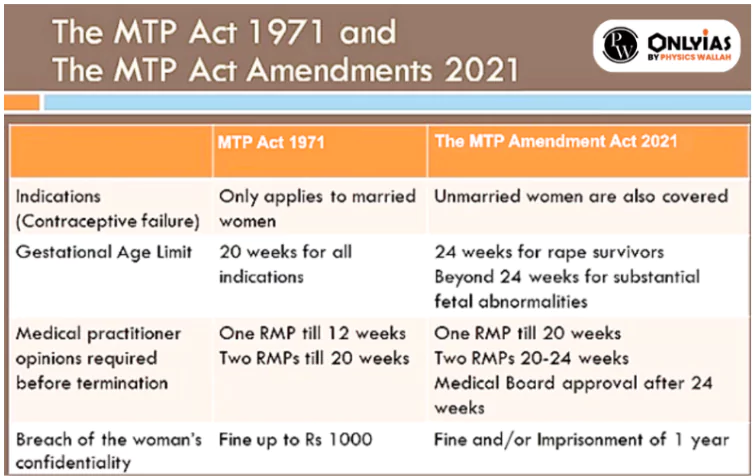 Upto 20 Weeks: Regular Termination of Pregnancy is allowed on the advice of one doctor.
Upto 20 Weeks: Regular Termination of Pregnancy is allowed on the advice of one doctor.The Constitution of India guarantees the right to life and personal liberty to all citizens under Article 21.
| Must Read | |
| NCERT Notes For UPSC | UPSC Daily Current Affairs |
| UPSC Blogs | UPSC Daily Editorials |
| Daily Current Affairs Quiz | Daily Main Answer Writing |
| UPSC Mains Previous Year Papers | UPSC Test Series 2024 |
Insurance companies have issued approximately 700 insurance surety bonds valued at around ₹3,000 crore.
Toll Operate Transfer (TOT)
|
|---|

| Feature | Benefit | Drawback |
| Financial Guarantee |
|
|
| Increased Trust
and Credibility |
|
|
| Facilitates Business Opportunities |
|
|
| Faster Project Completion |
|
|
| Security to all parties |
|
|
| Must Read | |
| NCERT Notes For UPSC | UPSC Daily Current Affairs |
| UPSC Blogs | UPSC Daily Editorials |
| Daily Current Affairs Quiz | Daily Main Answer Writing |
| UPSC Mains Previous Year Papers | UPSC Test Series 2024 |
Recently, the Supreme Court set aside the arrest and remand of NewsClick chief editor Prabir Purkayastha in the UAPA case.
Right to be Informed in Case of Arrest:
Right to be informed:
|
|---|
Procedure of arrest, seizure, etc under Section 43B in The Unlawful Activities (Prevention) Act, 1967
|
|---|
| Must Read | |
| NCERT Notes For UPSC | UPSC Daily Current Affairs |
| UPSC Blogs | UPSC Daily Editorials |
| Daily Current Affairs Quiz | Daily Main Answer Writing |
| UPSC Mains Previous Year Papers | UPSC Test Series 2024 |
In the digital age, the convergence of communication and technology has given rise to a social media that has transcended geographical boundaries and revolutionized political engagement.
In the context of Indian politics, the impact of social media is both profound and far-reaching.
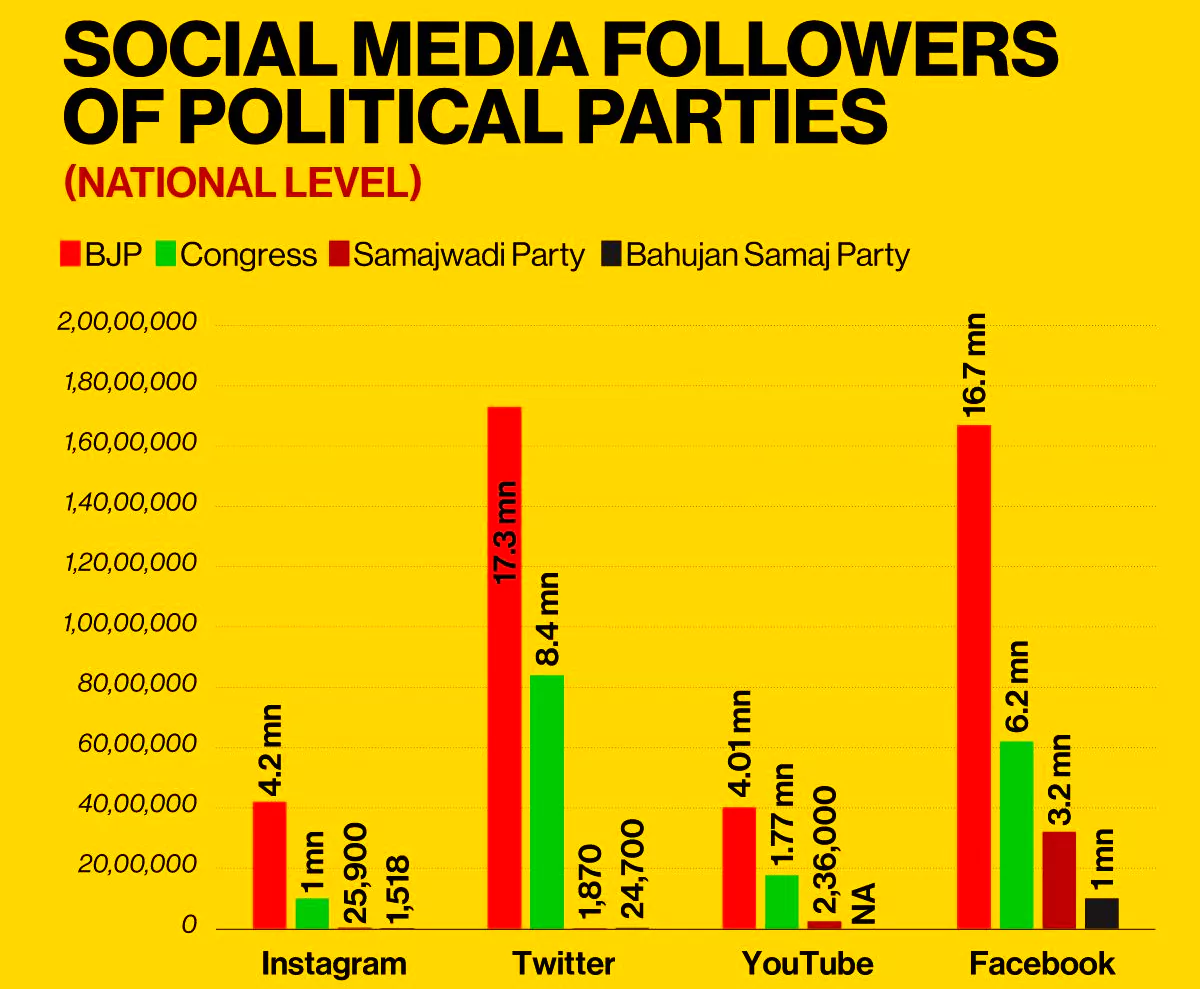 A channel of communication.
A channel of communication.
Digital Democracy:
|
|---|
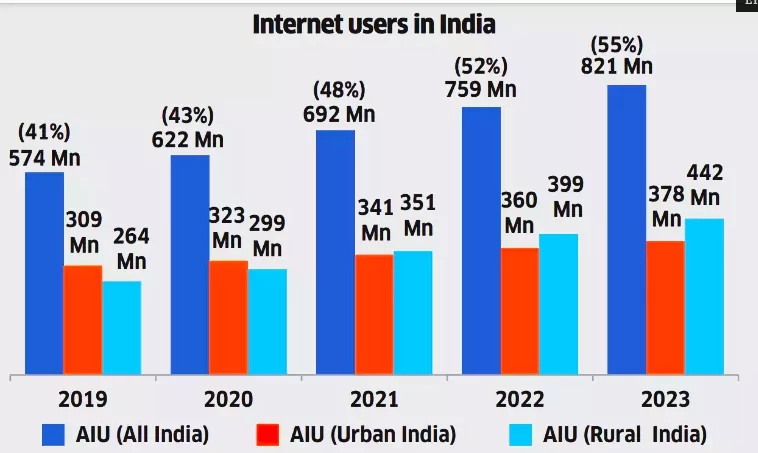 Trends Shaping Political Discourse:
Trends Shaping Political Discourse:
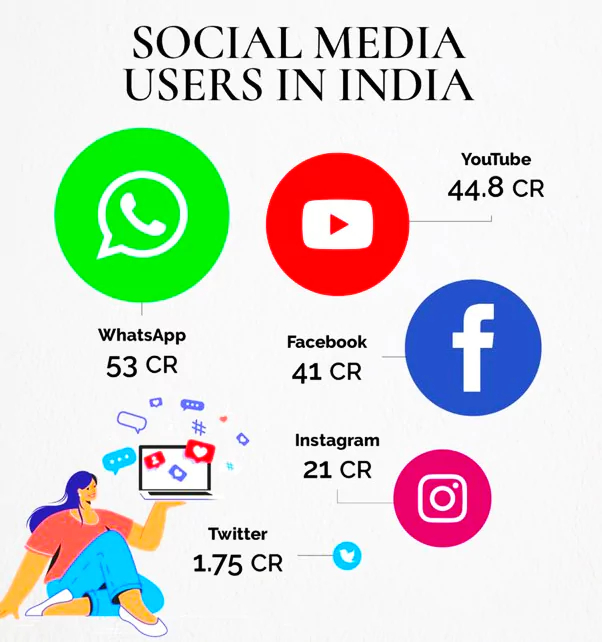
Various Initiatives to Regulate Social Media:
|
|---|
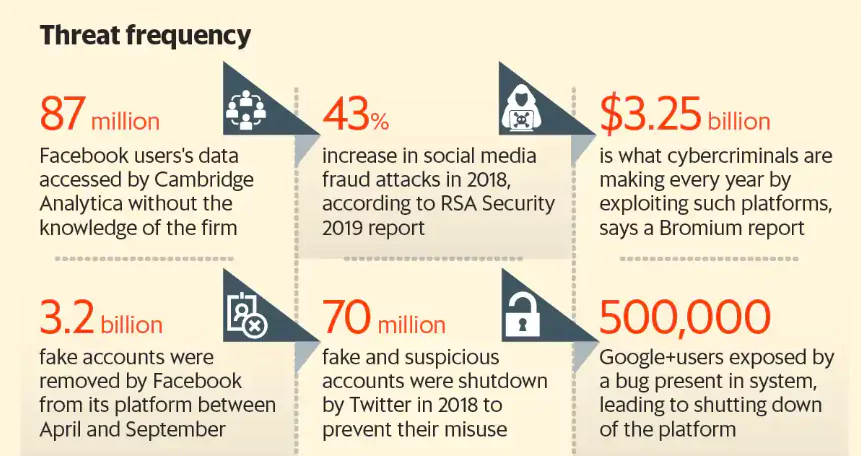 Amplifying Polarization and Echo Chambers: Social media has been criticised by many experts for its contribution to the amplification of ideological polarization. Users are exposed to content that aligns with their existing beliefs, reinforcing echo chambers that hinder healthy political debates.
Amplifying Polarization and Echo Chambers: Social media has been criticised by many experts for its contribution to the amplification of ideological polarization. Users are exposed to content that aligns with their existing beliefs, reinforcing echo chambers that hinder healthy political debates.
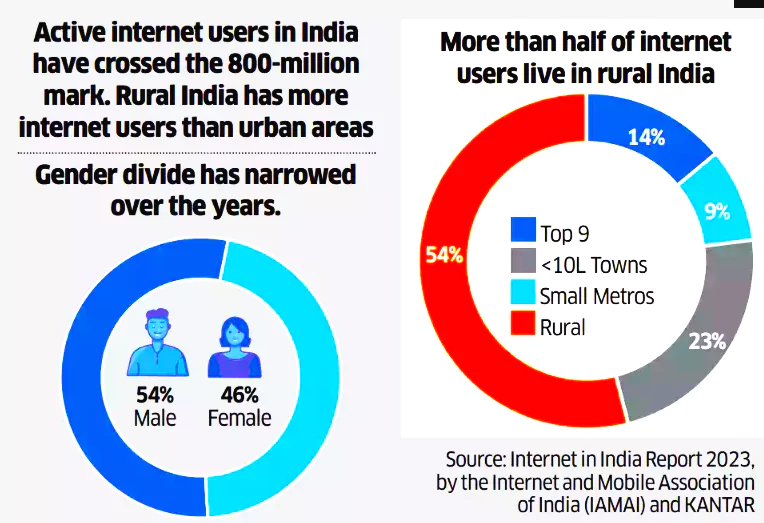 The lack of robust regulations and enforcement mechanisms exacerbates the risks associated with online political discourse.
The lack of robust regulations and enforcement mechanisms exacerbates the risks associated with online political discourse.
The symbiotic relationship between social media and Indian politics is a double-edged sword, replete with opportunities and challenges. As technology evolves, it is imperative for policymakers, tech companies, and society at large to collaboratively navigate this terrain, harnessing the benefits of social media while mitigating its potential pitfalls.
| Must Read | |
| NCERT Notes For UPSC | UPSC Daily Current Affairs |
| UPSC Blogs | UPSC Daily Editorials |
| Daily Current Affairs Quiz | Daily Main Answer Writing |
| UPSC Mains Previous Year Papers | UPSC Test Series 2024 |
Union Cabinet Approves National Sports Policy 2025...
What are Altermagnets? A Breakthrough in Magnetism...
India’s 7-Point Strategy for Sustainable Gro...
Cabinet Approves Employment Linked Incentive Schem...
INS Udaygiri Delivered Under Project 17A to Indian...
SC Issues Implemented Reservation Roster for SC/ST...
<div class="new-fform">
</div>